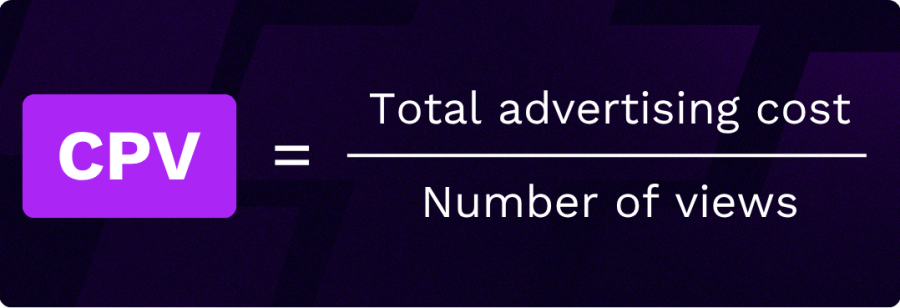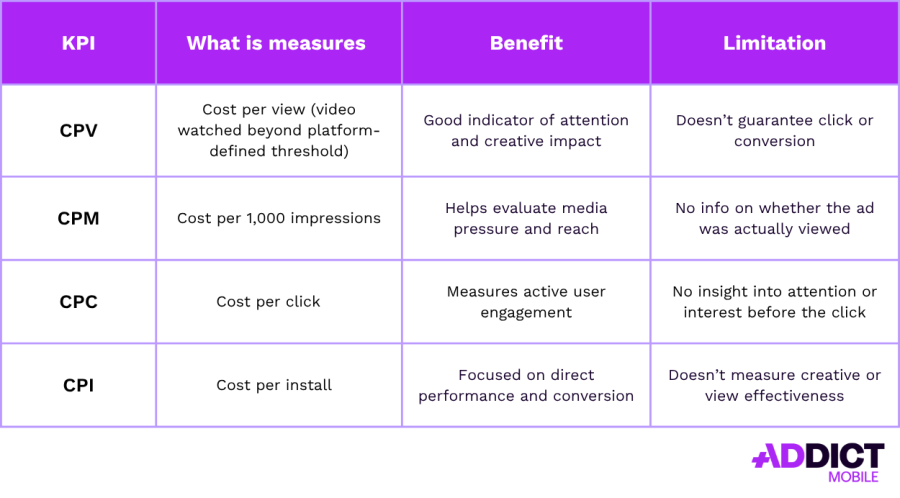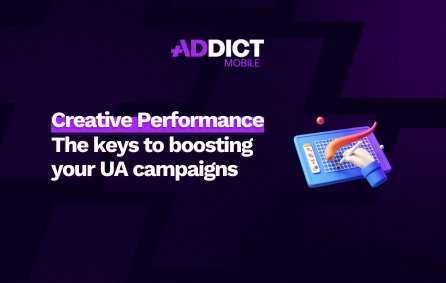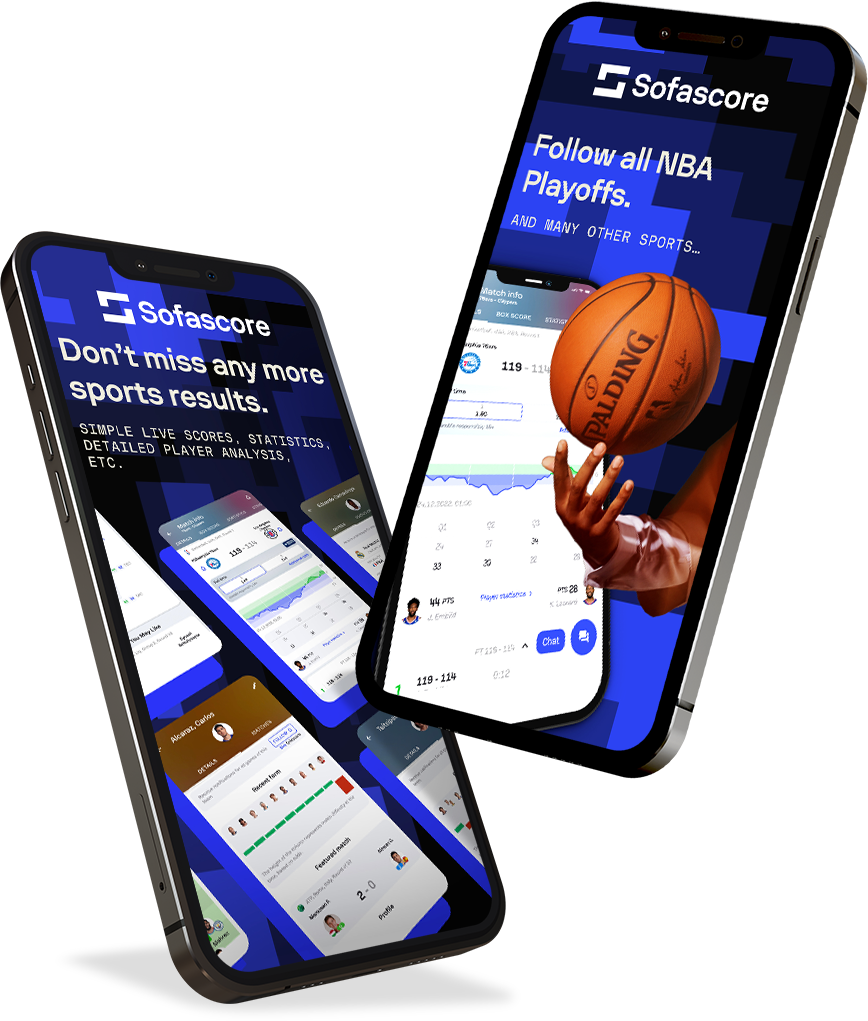Cost Per View (CPV): A Key KPI for Performance-Based Video Campaigns
Introduction
In a mobile ecosystem dominated by video formats, advertisers are increasingly focused on measuring the real impact of their investments. CPV (Cost Per View) stands out as a strategic KPI to assess the profitability of video campaigns, whether on Meta, TikTok, Snapchat, or other platforms.
More than a simple visibility metric, it helps evaluate a format’s ability to capture attention, compare creative performance, and optimize budgets early in the funnel. A key lever for managing performance-driven campaigns more effectively.
What is Cost Per View (CPV)?
Cost per View refers to the cost charged to the advertiser each time a user views a video ad. Unlike other KPIs that track clicks or installs, CPV focuses solely on content viewability, making it a metric directly linked to user attention.
It is typically used in performance-based buying models, especially on formats like TrueView (YouTube) or in-feed videos on social platforms.
How do I calculate CPV?
The formula for CPV is simple:
Cost per View = Total advertising cost / Number of views

Examples
A TikTok Ads campaign costs €4,000 for 250,000 views.
CPV = $0.016 per view
In advertising campaigns, the definition of a “view” varies by platform, which directly affects how CPV is calculated. Key examples include:
- YouTube / Google Ads: A view is counted after 30 seconds of watch time, or earlier if the user interacts (clicks, likes, etc.).
- Meta (Facebook/Instagram): A view is generally recorded after 3 seconds of continuous playback.
- TikTok Ads: Depending on the objective, a view can be counted after just 1 second of autoplay, or from 6 or 15 seconds if the “Video Views” objective is selected.
These differences make CPV difficult to compare across platforms. For meaningful analysis, it’s important to understand how each platform defines a “view” based on the campaign objective.
CPV Benchmarks: What’s a Good Average?
There’s no universal benchmark for CPV. This KPI is influenced by many factors that directly impact observed performance:
- The platform used (TikTok, YouTube, Meta, etc.)
- The ad format (in-feed, in-stream, rewarded…)
- The target market and its maturity
- The level of competition within the vertical
- The creative quality and targeting strategy
- The bidding model (manual or automatic)
- The campaign objective selected (e.g., 6s views vs. full views)
In some cases, a very low CPV might reflect a strong creative hook, or a targeting strategy that’s too broad and poorly qualified. On the other hand, a higher CPV can be acceptable if it leads to better engagement or more profitable final KPIs like CPI or CPA.
Why is CPV important?
Cost per View is a useful indicator of a video ad’s creative effectiveness. It helps measure how well a piece of content captures attention, before any click or conversion even happens.
It can be valuable for:
- Measuring initial engagement: a strong CPV shows the video keeps users interested, increasing the likelihood of clicks or installs.
- Comparing creative variations at equal spend to find those with the strongest visual performance.
- Evaluating format relevance (in-feed, rewarded, in-stream…) based on platform and campaign objective.
- Refining awareness strategies with a performance mindset, by optimizing the cost of each view actually consumed.
- Identifying weak signals early, before scaling spend, by spotting which format/targeting/creative combinations work best.
A high CPV may point to weak creative hooks or misaligned targeting. Conversely, a low CPV can indicate strong creative potential, worth scaling further in later stages.
CPV vs Other KPIs: What Are the Strategic Differences?
To understand where cost per view fits, it’s useful to compare it with other standard mobile advertising KPIs:
- CPM (Cost per Mille): measures the cost for 1,000 impressions, without guaranteeing actual viewability. CPM helps assess ad pressure but says little about user attention.
- CPC (Cost per Click): tracks active engagement through clicks. CPV, by contrast, focuses on passive consumption, how long a user watches the content.
- CPI (Cost per Install): reflects direct conversion performance. CPV appears earlier in the funnel and can be used as a starting point to optimize toward installs.

How to Optimize Your CPV
Cost per View isn’t just influenced by bid strategy or budget. It’s largely shaped by the quality of the video, its alignment with the platform, and the overall media activation strategy. Here are the main levers to improve it.
1. Nail the hook in the first few seconds
Users decide quickly whether to keep watching. Capturing their attention from the start is key:
- A clear, impactful message from the very first frame, no intro needed
- Animated subtitles to engage even without sound
- Teasing visuals or storytelling to encourage viewers to stick around beyond monetization thresholds (6s, 15s…)
A strong start helps reduce early drop-off and lowers CPV.
2. Match the creative to the platform’s codes
Each platform has its own preferred formats and consumption habits:
- On TikTok, go for fast-paced, vertical videos with dynamic editing
- On Meta, square or vertical formats work best, with a smooth rhythm and a strong visual hook
- On YouTube, longer formats are allowed, but the message must be clear within the first few seconds to avoid drop-off before the 30-second billing point
Failing to adapt can lead to early disengagement and a higher cost per view.
Discover all our tips for creatives that convert, including best practices for different sources.
3. Target a qualified audience
Broad targeting often leads to low-quality views that inflate volume without driving meaningful impact. In contrast, refined targeting based on personas, lookalike audiences, or precise interests helps reach users more likely to watch the video long enough to be counted.
4. Test multiple creative variations
Cost per View is a valuable indicator to quickly identify what works visually. By testing different cuts, hooks, lengths, or formats (UGC, product demos, animations…), you can compare performance and allocate budget to the most effective creatives, while cutting underperformers early.

Boost your UA campaigns with Creative Performance
5. Adjust campaign objectives and bidding strategies
The objective you choose directly affects how the algorithm optimizes delivery:
- A “video views” objective favors cheap impressions that are likely to generate counted views
- An “engagement” or “conversion” objective may lead to a lower CPV if user intent signals are stronger, even if CPV isn’t the billing metric
It’s also worth testing multiple bidding strategies (manual, automated, or target range) to find the right balance between delivery and profitability.
Conclusion
Cost per View is more than just a unit cost. It’s a helpful indicator for quickly assessing a video’s ability to capture attention. When interpreted correctly, it helps compare creative performance, fine-tune targeting, and adjust formats early in the campaign lifecycle.
Used alongside other KPIs, it supports better decision-making and more precise management of video ad investments.

Do not hesitate to contact with our teams
Addict can support you to improve your performance.



